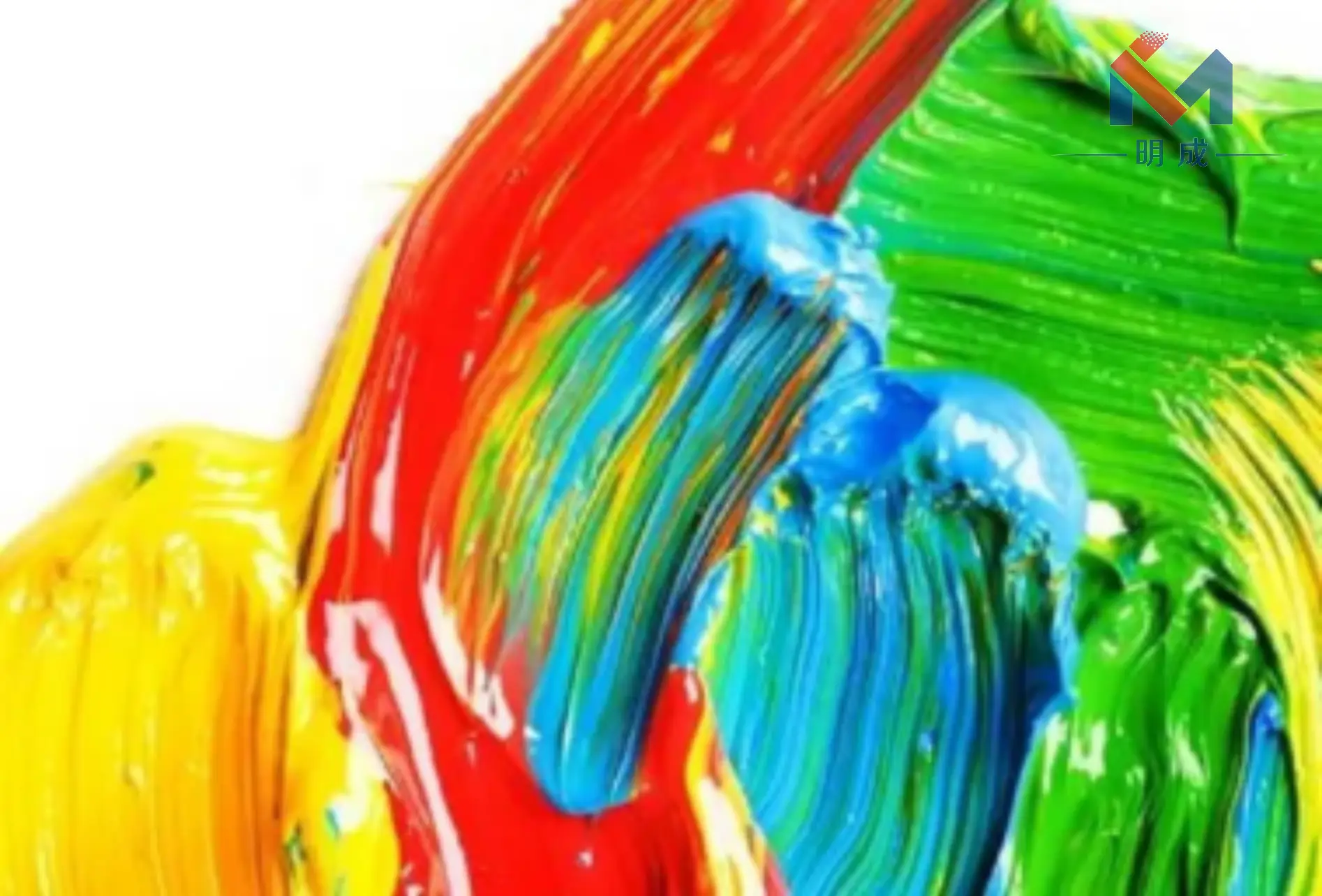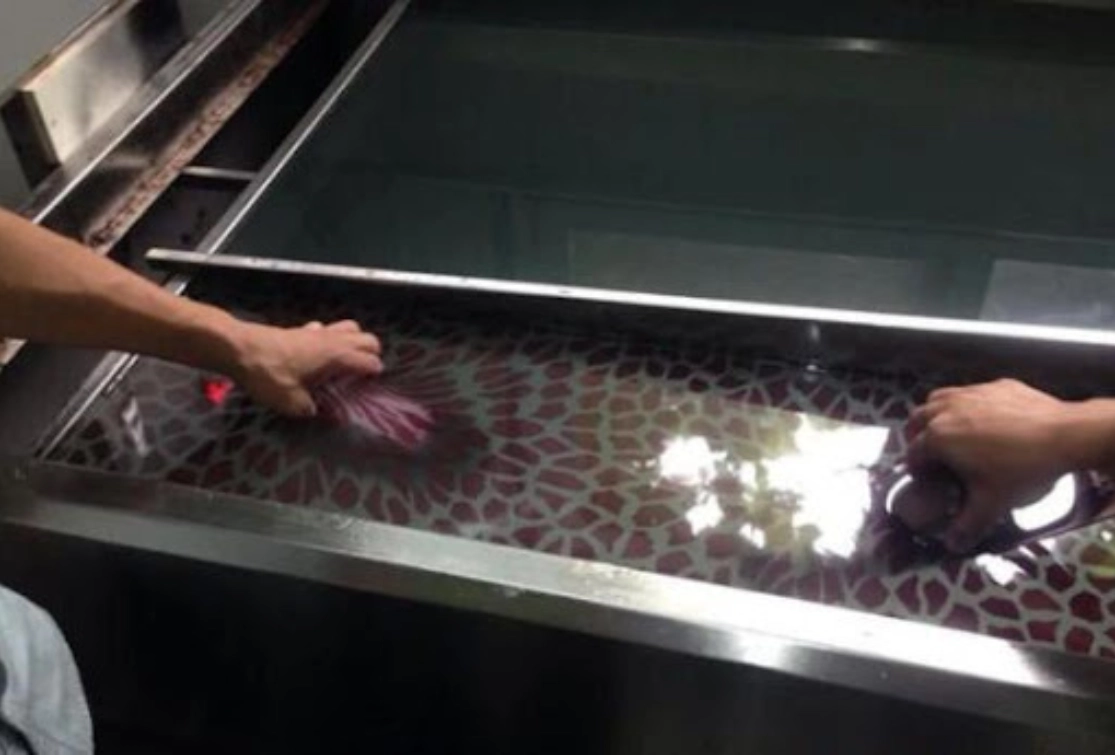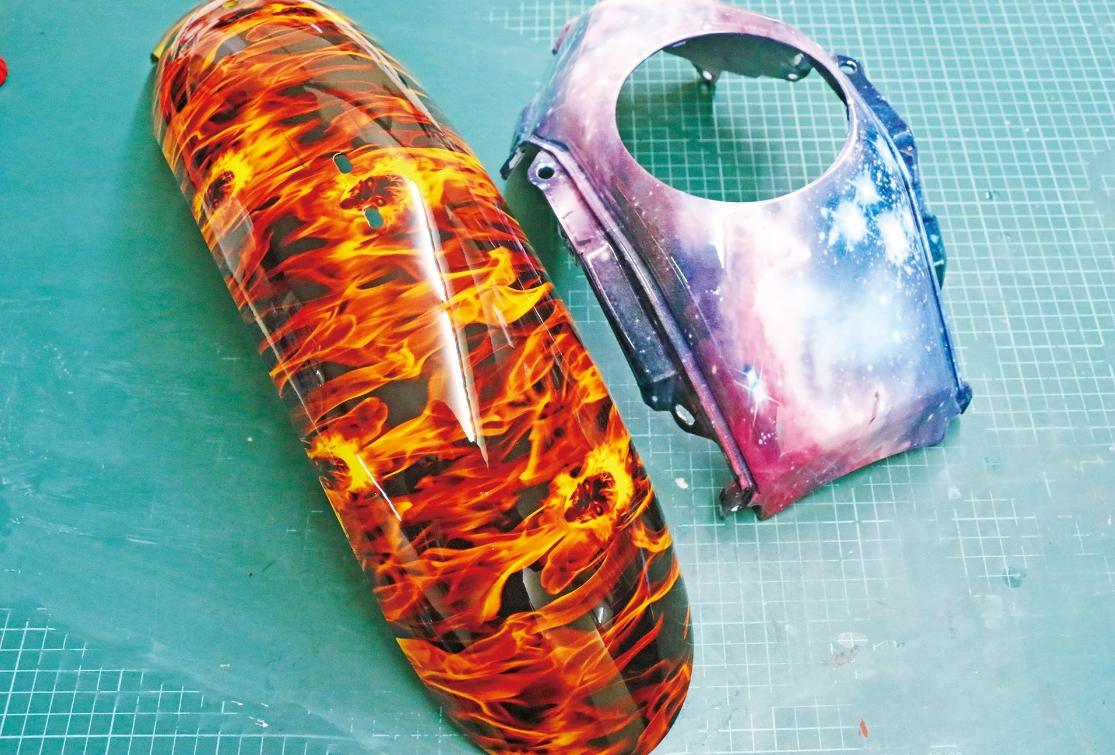When Dunhuang Murals "Float" onto Coffee Cups: Water Transfer Printing Ignites a ¥100 Billion Cultural Creative Economy, Turning Traditional Craft into a Viral Phenomenon
[August 12, 2025, Hangzhou, China] At a trendy lakeside café in Hangzhou, 25-year-old consumer Lin Wei holds up her coffee cup adorned with gilded flying apsaras patterns for a social media photo—not a museum collectible, but the latest hit collaboration between Water Transfer Printing (WTP) technology and the Dunhuang Art Institute. As China’s "Guochao 3.0" era unfolds, this industrial-born surface treatment technique is leveraging cross-disciplinary design and immersive storytelling to unlock new growth in the cultural creative sector, transforming heritage into everyday experiences.
Breakthrough Cases: Old Craft Meets New Consumption
- "Intangible Cultural Heritage Revival Initiative": The Palace Museum’s WTP-printed TWS earbud cases featuring A Thousand Li of Rivers and Mountains sold out in 10 seconds at launch, commanding 300% premium pricing;
- Gaming IP Materialized: Tencent’s Honor of Kings hero-skin-themed mechanical keyboards raised ¥46M via crowdfunding;
- Luxury Goes Accessible: A French luggage brand’s blue-and-white porcelain-printed carry-ons saw 40% lower price points and 215% youth customer growth.
Design Democratization: Golden Age for Independent Creators
WTP’s accessibility fuels a "micro-designer ecosystem":
- Independent Studios: Shenzhen designer Chen Qi’s phone case customization service turns user doodles into mass-produced art, fulfilling 20K+ monthly orders;
- DIY Workshops: Shanghai’s "Print Lab" lets customers transfer selfies onto skateboards/vases, generating ¥800K monthly revenue per store;
- Cross-Border E-commerce: Yiwu merchants demo zodiac-pattern customization on TikTok Live, with Western orders surging to 60% of sales.
Data Insights: Cultural Premium Reshapes Manufacturing Value
Per Tmall’s 2025 Cultural Creative Consumption Report:
- WTP collaborative products have 3.2x higher repeat purchase rates vs. standard goods;
- Culture-IP printed items command 57% higher ASP than solid-color basics;
- 43%+ consumers pay premiums for "story-driven packaging". "The core process remains, but WTP has evolved from decoration tool to cultural medium," remarks Professor Lu Yuan of China Academy of Art’s Industrial Design Department.
Industry Evolution: From Production to Content-Driven Value
New roles emerge across the value chain:
- IP Owners (museums/anime firms) earn 15-30% royalties;
- WTP Service Providers pivot to asset-light models linking designers and factories;
- MCN Agencies sign pattern designers to build "print influencer" systems.
Expert Perspective: "Water Transfer Printing is dismantling barriers between art and industry," states cultural economist Wu Zhao. "It empowers once-rarefied symbols—Dunhuang ceiling motifs, Miao embroidery totems—to permeate Gen-Z’s breakfast tables, gaming setups, and camping gear with zero cultural distance. This is heritage’s most compelling breakthrough."
The Future is Here: As London’s V&A Museum opens its archive patterns for commercial WTP licensing, and AI design tools generate vector art for printing with one click, this "curved-surface aesthetics" revolution is propelling manufacturing into an era where every object tells a story.


